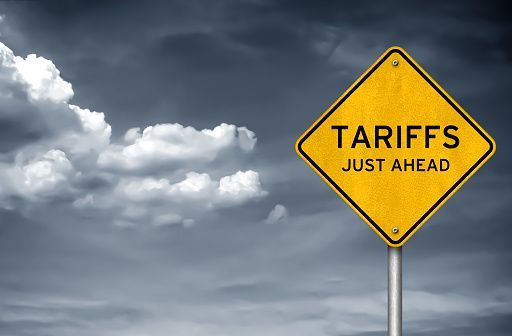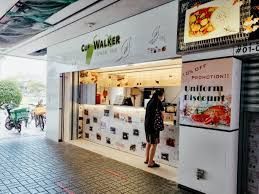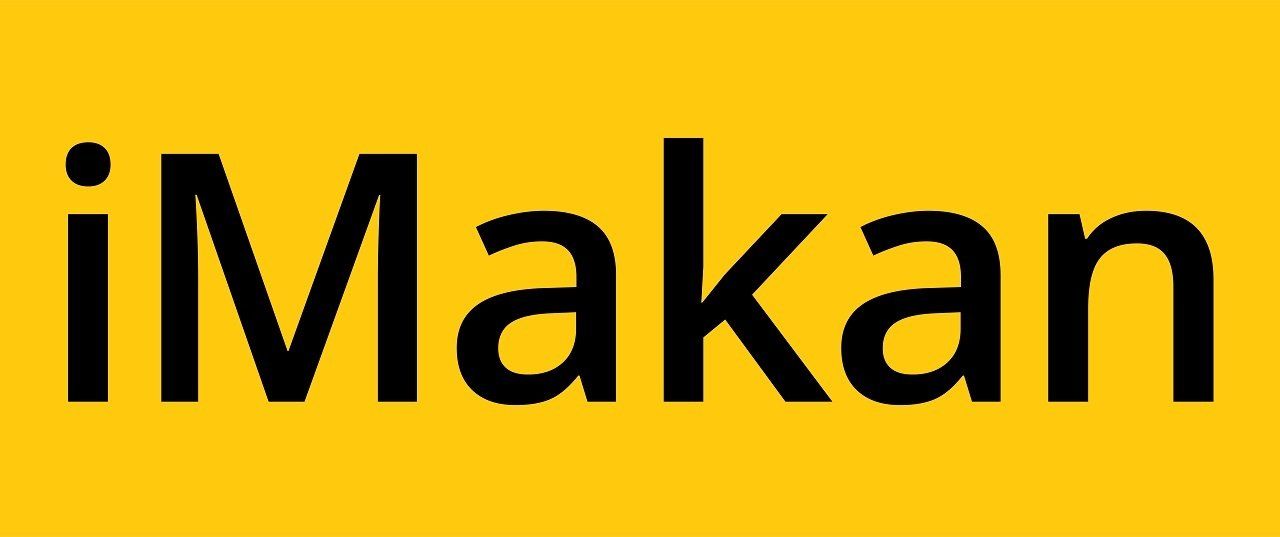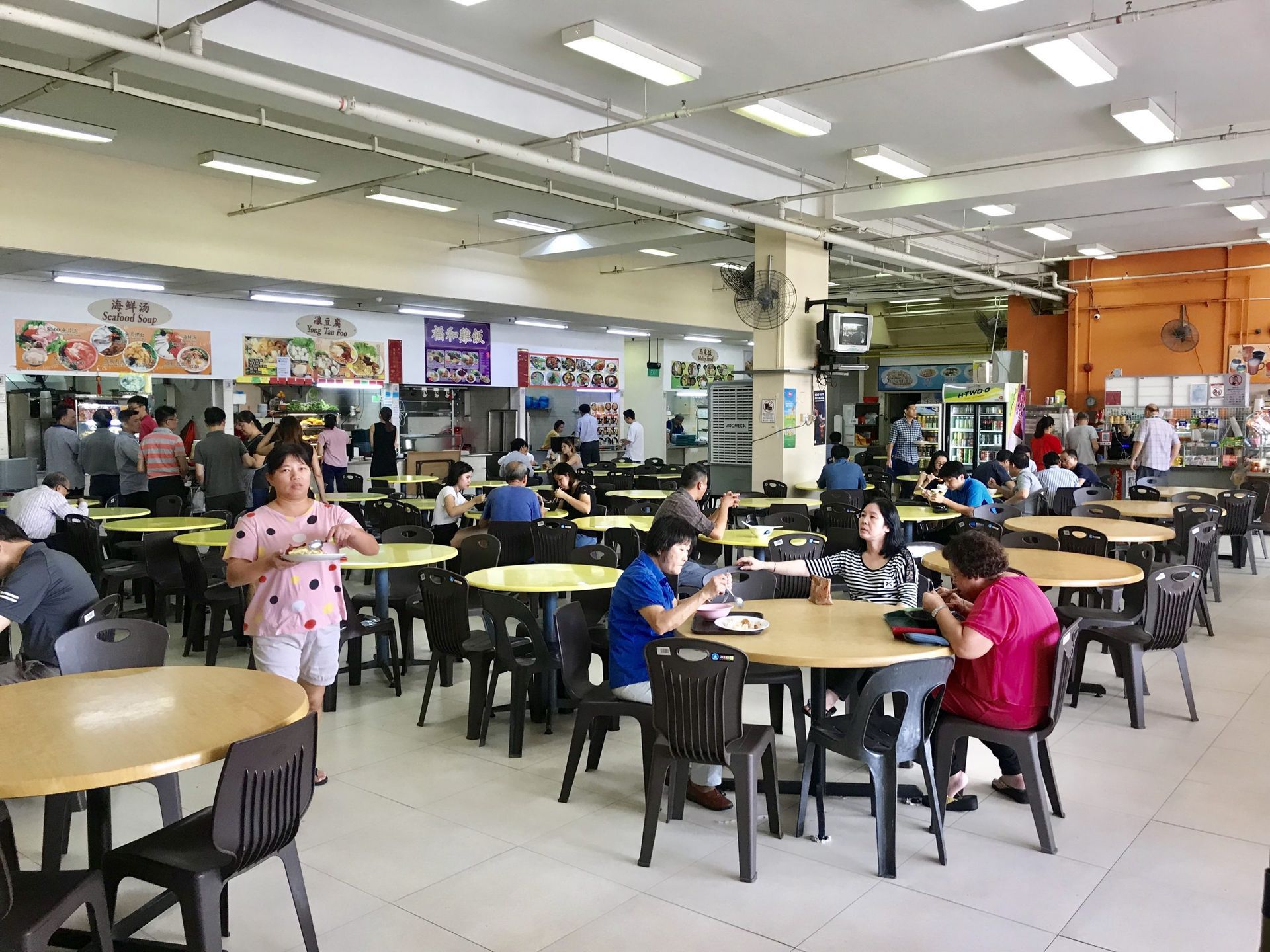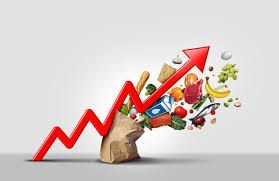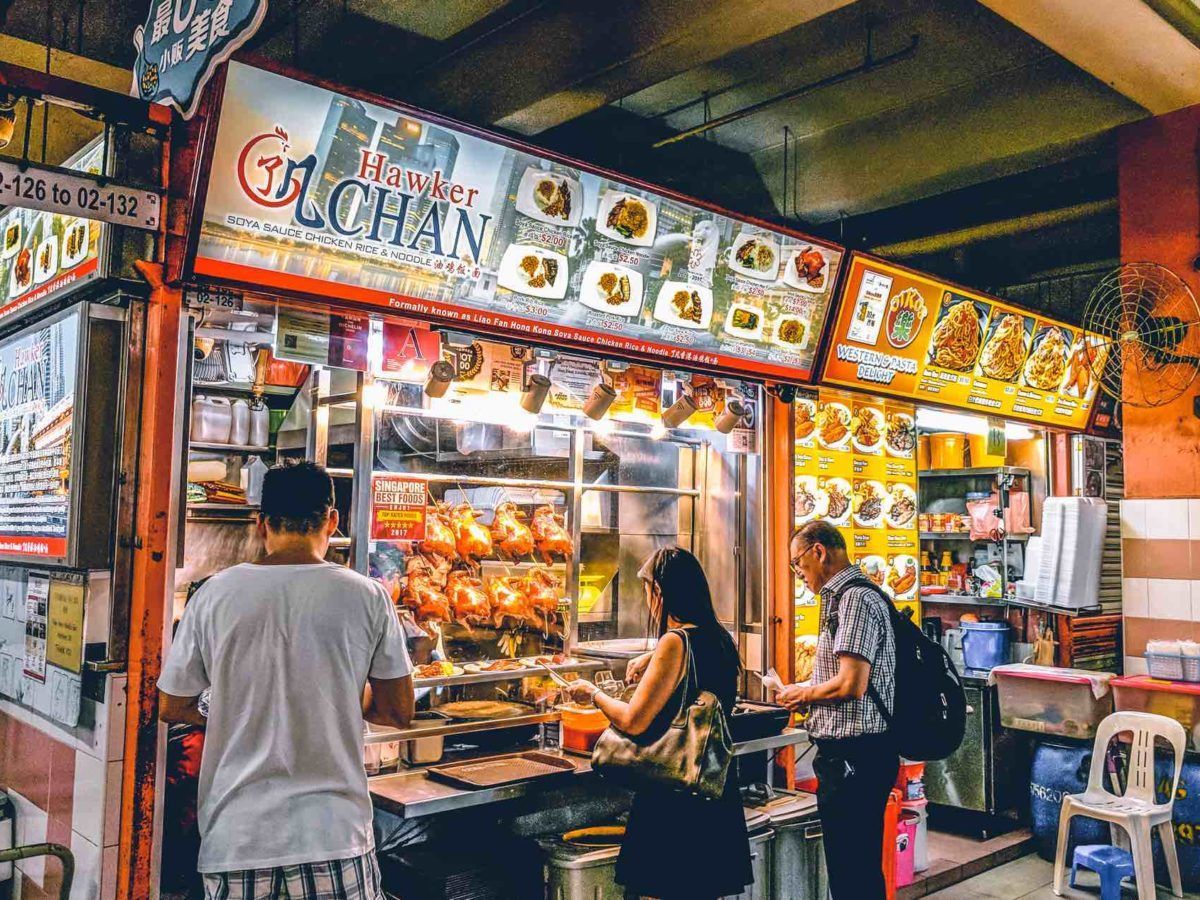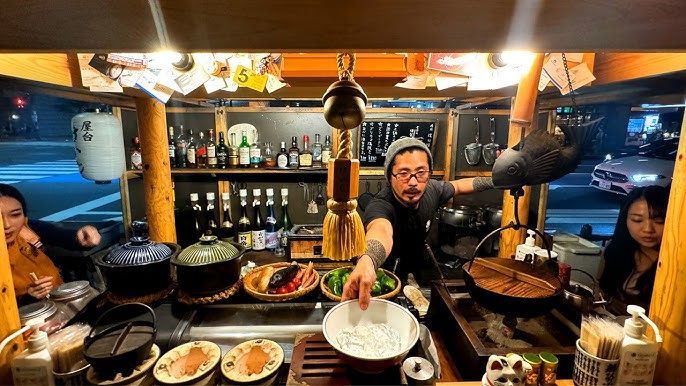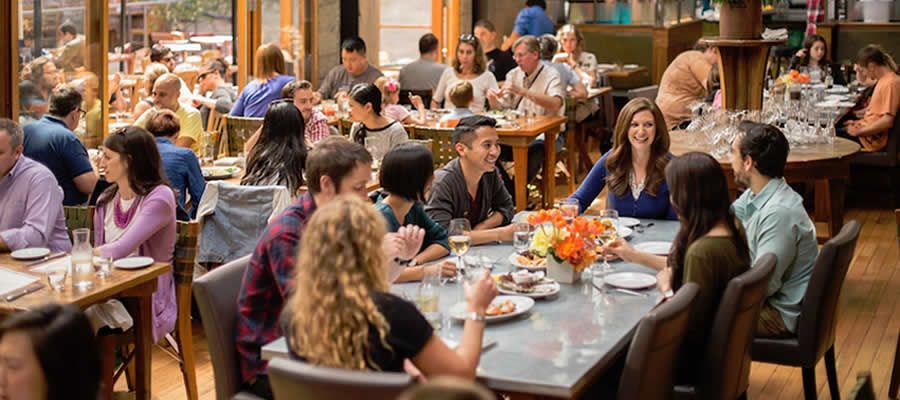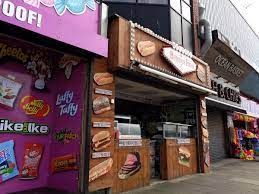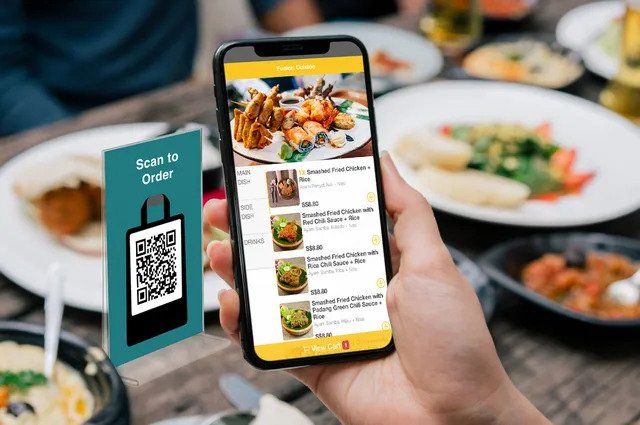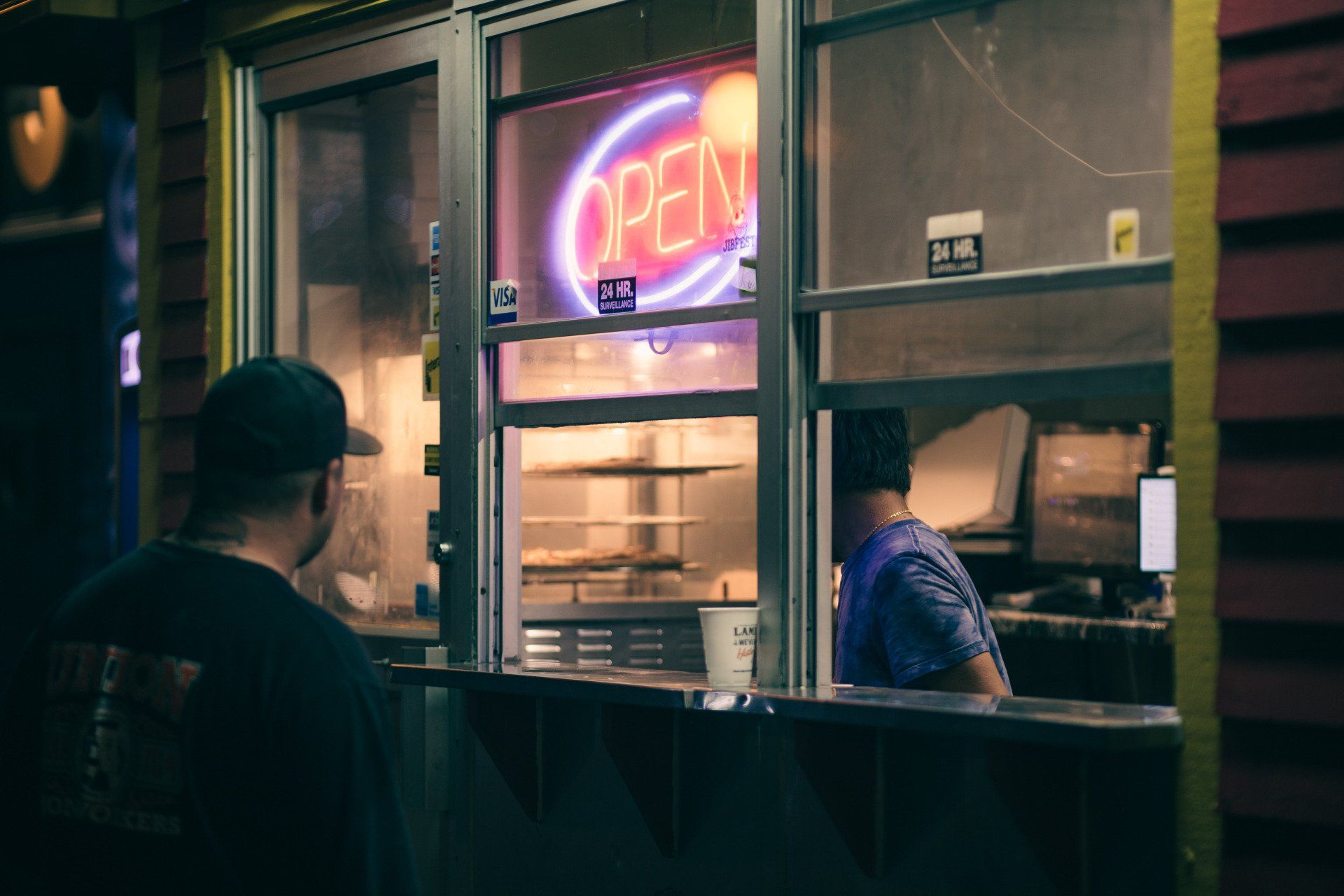
Before starting your first F&B business, apart from identifying the type of concept your F&B business is, it is also important to know what technological solutions your F&B business should adopt in this digital day and age.
In this article, we share the 4 common types of F&B concepts in Singapore and recommend the technologies each should adopt.
Quick Service Restaurants
Quick service restaurants are also known as casual dining restaurants. These types of restaurants, as the name suggests, focuses mainly on dine in customers, often having a large floor space to accommodate more customers during peak periods.
Quick service restaurants often operate with an order and pay before dining model. After payment, food is either self collected by customers or served to the table with service staff.
Technologies that Quick Service Restaurants should consider
- QR Ordering
Quick service restaurants can adopt QR ordering systems that are integrated with online payment gateways. This enables restaurants to receive payments digitally before food is prepared, and also simplifies the ordering and payment process for their customers.
On top of that, a QR ordering system also reduces the reliance on cashiers to reduce manpower costs for quick service restaurants.
- Self Ordering Kiosk
A popular alternative to QR ordering to digitalise ordering and reduce reliance on cashiers is through adopting self ordering kiosks. Self ordering kiosks however, often require extra floor space in your quick service restaurants.
Alternatively, if you are keen on adopting a self ordering kiosks but are facing space constraints, you could consider a hybrid ordering kiosk or a counter top ordering kiosks that first on your countertop, taking up not much more space than a regular POS system.
- LCD Number Calling System
If customers at your quick service restaurant are required to self collect their food, you may consider getting a LCD Number Calling System. A LCD number calling system displays both preparing and ready to collect order numbers to your customers so that they are constantly updated on their order status.
Fast Food Restaurants
Fast food restaurants are similar to casual dining restaurants or quick service restaurants. The difference between the two is that fast food restaurants focus on takeaway orders as much as dine in orders.
With an emphasis on food being served as quickly as possible and keeping food costs low, fast food restaurants should adopt technology that helps keep operational costs low while enhancing efficiency.
Technologies that Fast Food Restaurants should consider
- Online ordering system
As fast food restaurants prioritise takeaway orders just as much as dine in orders, adopting an online ordering system will help fast food restaurants get takeaway pre-orders from customers through an ordering URL that can be attached in their website, social media and Google Business profile.
Apart from getting orders online, an online ordering system can promote brand loyalty by allowing customers to accumulate and redeem points easily through the online ordering platform.
- Self ordering kiosks
Self ordering kiosks are great ordering productivity boosters and manpower cost saving tools, which is why many fast food restaurants have adopted self ordering kiosks.
- LCD number calling system
As the majority of fast food restaurants do not have service staff to provide table service, getting an LCD number calling system allows your customers to get live updates of their order status, whether it is preparing or ready to be collected.
Full service restaurants
Full service restaurants are focused on dine in customers and collect payment after customers have finished their meal. Often, service staff will bring the bill to the table for settlement.
Technologies that Fast Food Restaurants should consider
- QR ordering system
QR ordering was originally developed to be used by full service restaurants before capabilities were included to make it applicable to most F&B concepts.
- Wireless payment terminals
Most customers pay via cashless payments nowadays. Typically, a service staff has to collect the card from the customer, process payment at the cashier then return the card to the customers. Instead of having your service staff walk back and forth, why not adopt a wireless payment terminal that is linked with your POS system, allowing your service staff to process payment at the table.
Takeaway food kiosks
This F&B concept is a common sight in Singapore. Almost every mall will have one or two levels where there are rows of F&B shops that sell takeaway food. These F&B concepts focus only on takeaway orders, hence will have to meet their customers online as that is where many of their customers place their pre-orders with them.
Technologies that takeaway food kiosks should consider
- Online Ordering System
An online ordering system helps takeaway food kiosks meet their customers where they are ordering food, which is online. On top of that, an online ordering system, differs from food delivery platforms as it allows you to build your customer base for marketing purposes. Whereas, food delivery systems do not share customer information with F&B merchants.
Self Ordering Kiosk
To reduce spending on manpower on dedicated cashiering staff, takeaway food kiosks can opt to adopt self ordering kiosks. On top of that, self ordering kiosks are able to double as advertising banners when not in use to showcase your promotions to passersby on the high resolution touchscreens.
If you are facing space constraints in your takeaway food kiosks, you could go for compact countertop kiosks or even a hybrid which combines a
POS system and a self ordering kiosks into a dual touchscreen device that fits on your countertop.
Adopting self ordering solutions
iMakan provides self ordering solutions such as QR ordering, self ordering kiosks and online ordering solutions that helps your F&B business digitalize order taking to reduce dependency on manpower and receive more orders during peak hours.
Click
here to get a free demo of iMakan’s self ordering solutions for your F&B business
